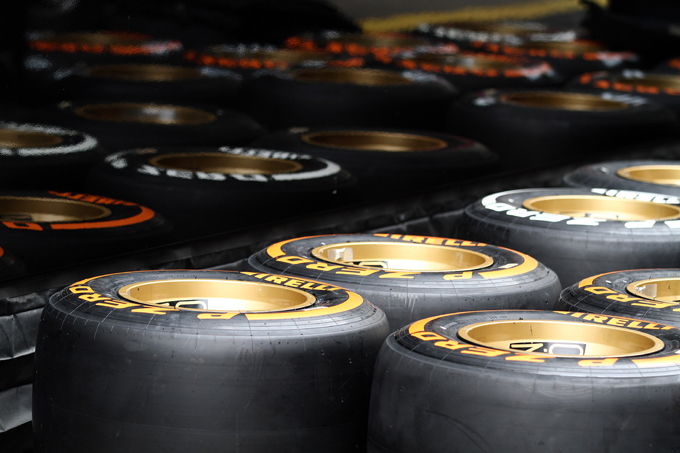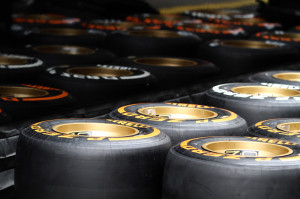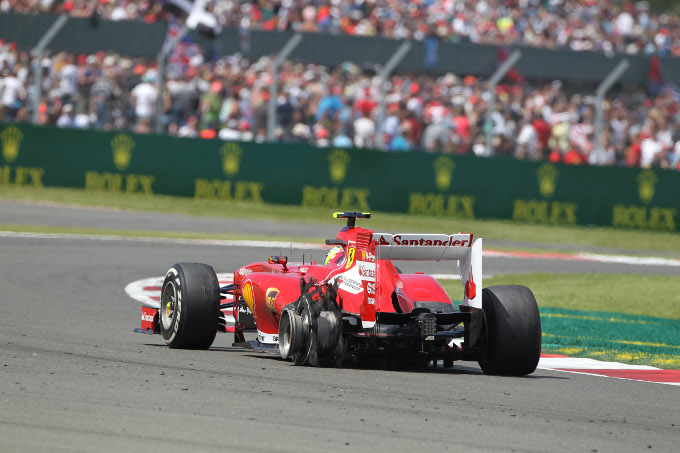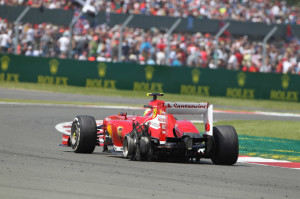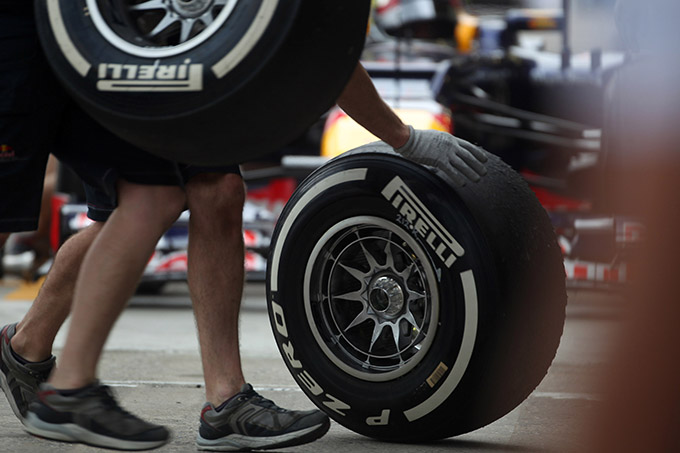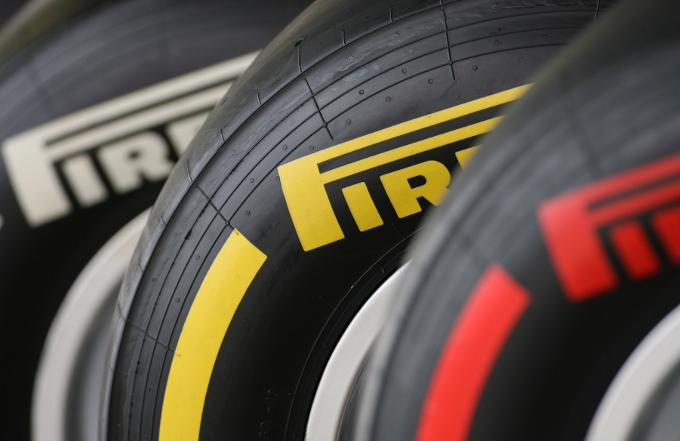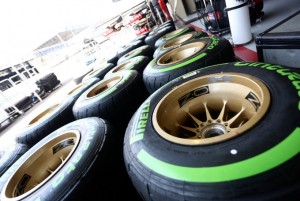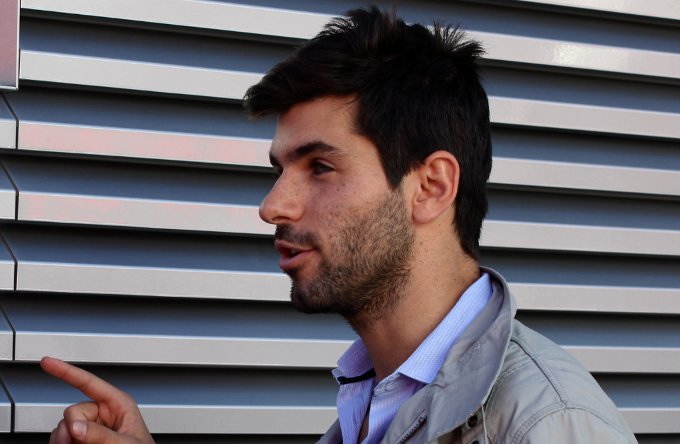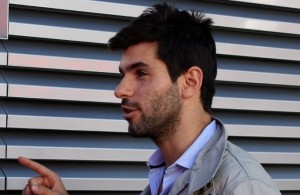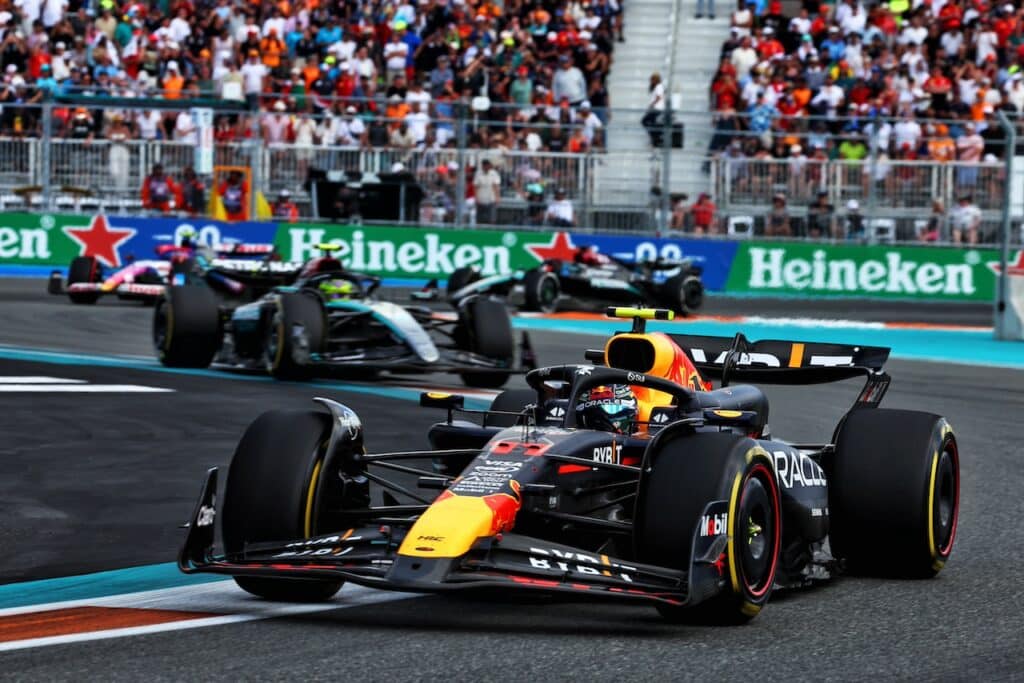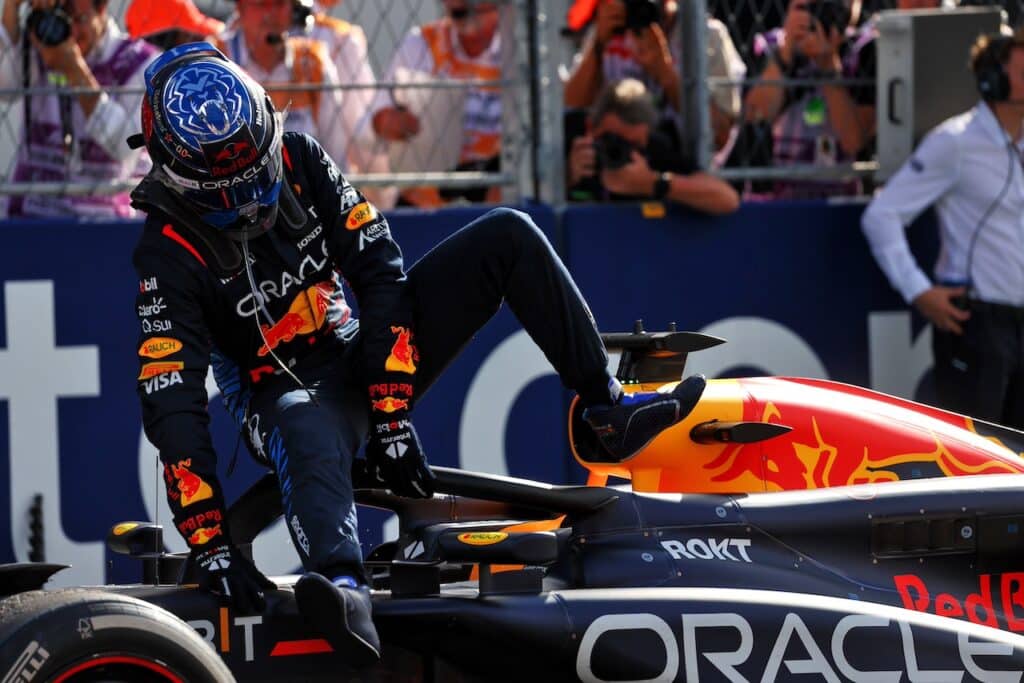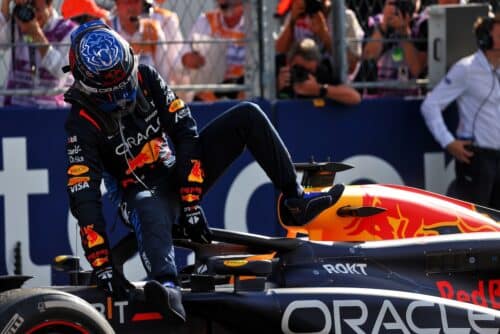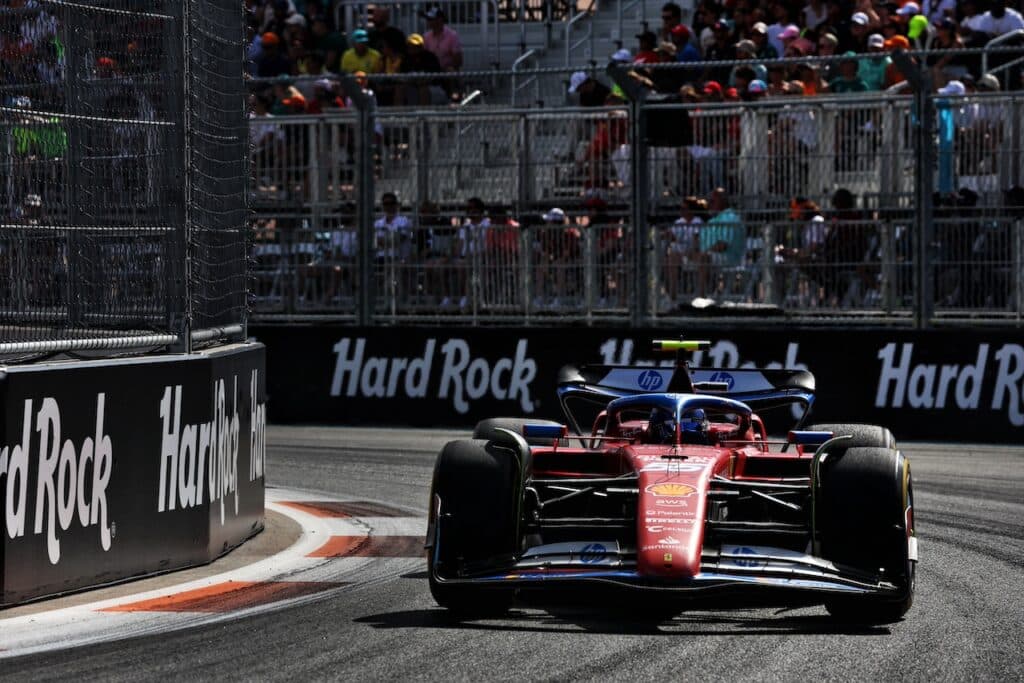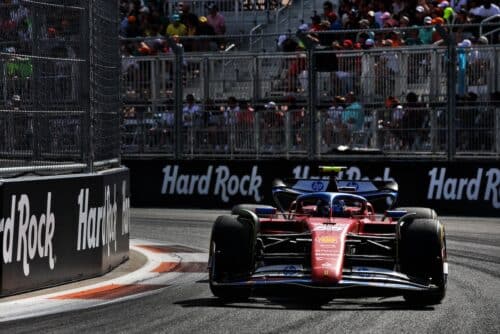Pirelli: The Brazilian Grand Prix from a tire point of view
Formula One teams will have their first taste of 2013 Pirelli tyres

For the first time in its history, Pirelli will enter the final round of the Formula One season as sole tire supplier with the championship yet to be decided.
Like last year, the last race of the season will take place on the legendary Interlagos circuit in Sao Paulo and, for the occasion, Pirelli has chosen the P Zero Silver hard and P Zero White medium tyres.
Interlagos is one of the shortest circuits but also one of the most technically demanding, with a 4,309 kilometer lap characterized by fast corners, hairpin bends and notable differences in altitude.
The different altimetric variations make it essential to have optimal grip and aerodynamic load.
Turn 14 – the slowest on the track – best represents some of the technical challenges that Interlagos poses to the tyres: the driver brakes sharply on the climb, before entering the corner, having to be very careful to control tire slip when exiting the corner .
Adding to the difficulties of this already very complex circuit is the weather, which is notoriously variable in Interlagos, which means that the Cinturato Green intermediate and the Cinturato Blue wet could take to the track.
For Friday's free practice sessions, teams will have two extra sets of next year's prototype tires available: the compounds and construction of the 2013 slick tires will be modified; this will therefore be a precious opportunity for drivers to familiarize themselves with the new season's coverage. Probably, however, with the fight for the title being so close, many riders will prefer to focus solely on Brazil.
The Pirelli Motorsport director commented:
Paul Hembery: “In Brazil, during free practice, we will bring some prototype tires from 2013 to give the teams a taste of next year. As the first official tests will only take place in February, this will be an extremely important occasion for them, also considering the fact that they are finalizing the cars for 2013. So let's hope it doesn't rain on Friday! Both the compounds and the structures will be modified, which means that the characteristics of the new tires will be altered, they will have a wider working range and some compounds will be slightly more aggressive. We still have to fine-tune exactly the mutual relationships between the different compounds, which is why in Brazil we talk about "prototype" tires rather than giving a specific name; but what we see on the track will be very representative of our overall design philosophy for next year. We can't wait to get some initial feedback from the teams and, of course, to send off our 2012 tires in the best possible way, in what is one of the most challenging and exciting GPs on the calendar.”
The men behind the wheel commented:
Bruno Senna (Williams F1 Team): “Interlagos is a difficult track for the tires because there are enough traction zones, some of them coming out of slow corners, which place lateral loads on the tyres. At the same time, in some of these corners DRS and KERS are activated simultaneously, which puts enormous stress on the rear tires. On the contrary, the front tires are under little stress on this track. The difficulty also comes from the fact that the track is bumpy, so the tires slide more. These elements make Interlagos a particularly demanding track for the tyres, on which it is difficult to make a single pit stop. I'm really happy to be racing on my home circuit again. This is my third race in Brazil, although it is the first behind the wheel of an F1. It's one of my favorite slopes. It's so technical but at the same time there's a crazy atmosphere, thanks to the many fans who push me to give my best.”
The Pirelli test driver commented:
Lucas di Grassi: “Interlagos is the track on which I began my go-karting career and it remains one of my favorite circuits, where there is a bit of everything, many variations in altitude and a pleasant pace. I believe it is the F1 track with the highest altitude, around 700 meters above sea level and this will have a big influence on both the downforce and engine power. From a tire point of view, the hard-medium combination is spot on. Even though the asphalt is very rough, tire wear is quite limited: the corners are not so fast and do not stress the tires as much, as happens, for example, in Suzuka.
Furthermore, we chose fairly conservative tires. The medium compound will be the fastest and for this reason it will probably be the preferred choice for qualifying. I suspect it will be a race with two pit stops. The only element of unpredictability is linked to the rain which would make the race even more interesting with the championship still open. “
Technical notes on tyres
• The track asphalt in Brazil is quite uneven, which makes it difficult for the tires to find the right traction and increases the physical effort of the drivers. The race runs over 71 laps. Last year's winner, Mark Webber (Red Bull), adopted a three-stop strategy.
• Traction is key at Interlagos, particularly in the combined braking and recovery phases.
• The wide variety of fast and slow corners, along with the many changes in gradient and altitude, make it difficult to find the right aerodynamic set-up. The last sector of the lap is one of the most important for the final lap time, so it will have priority in terms of set-up.
if you want to always be updated on our news
Follow us here
